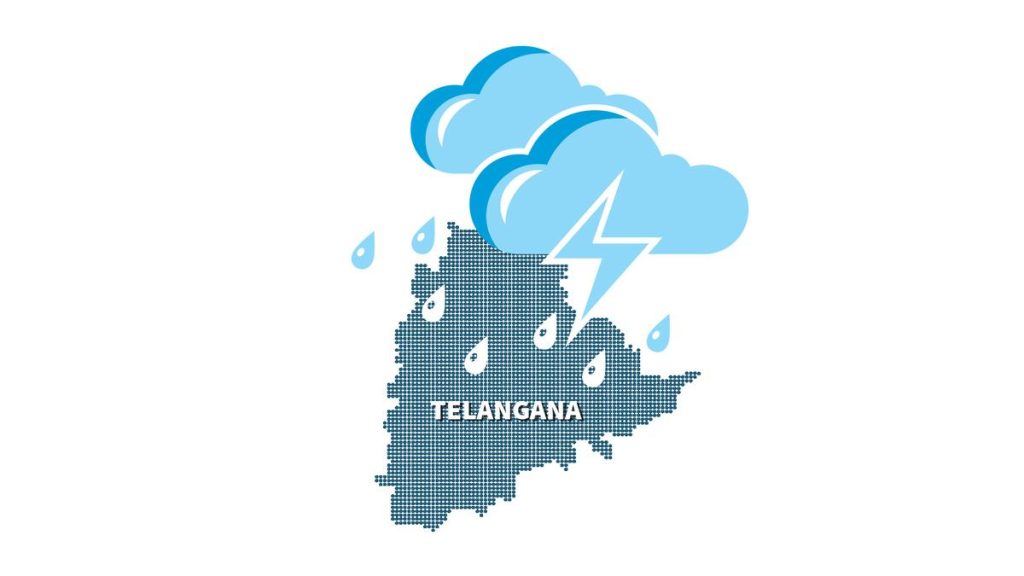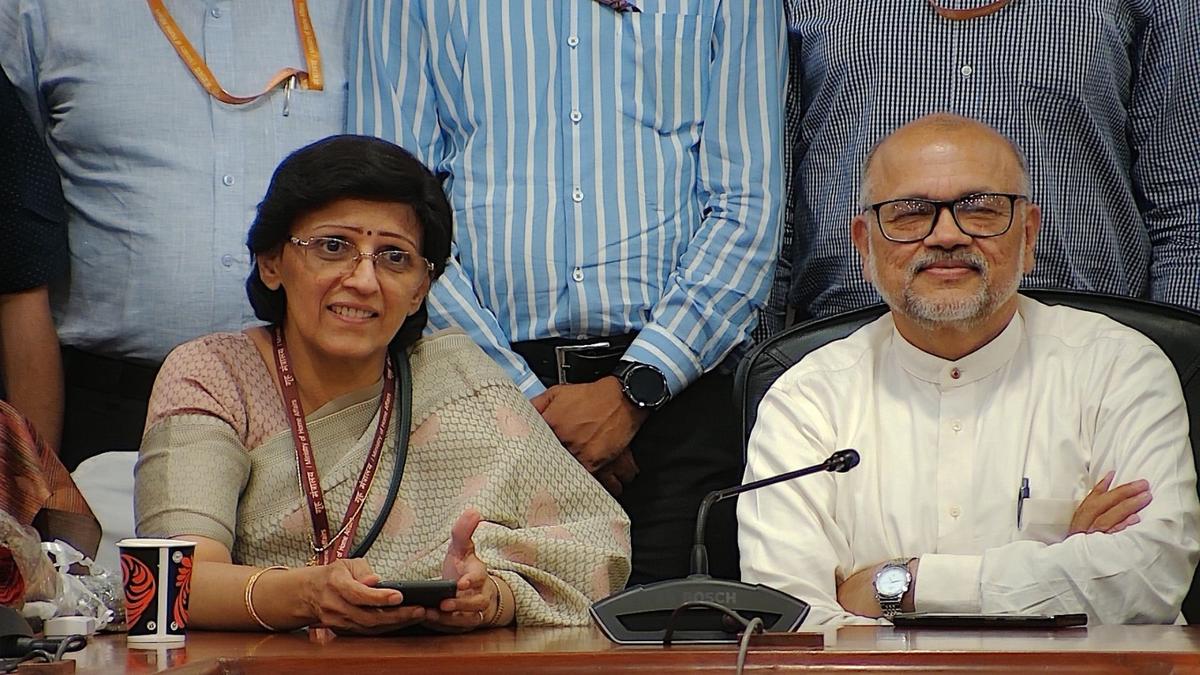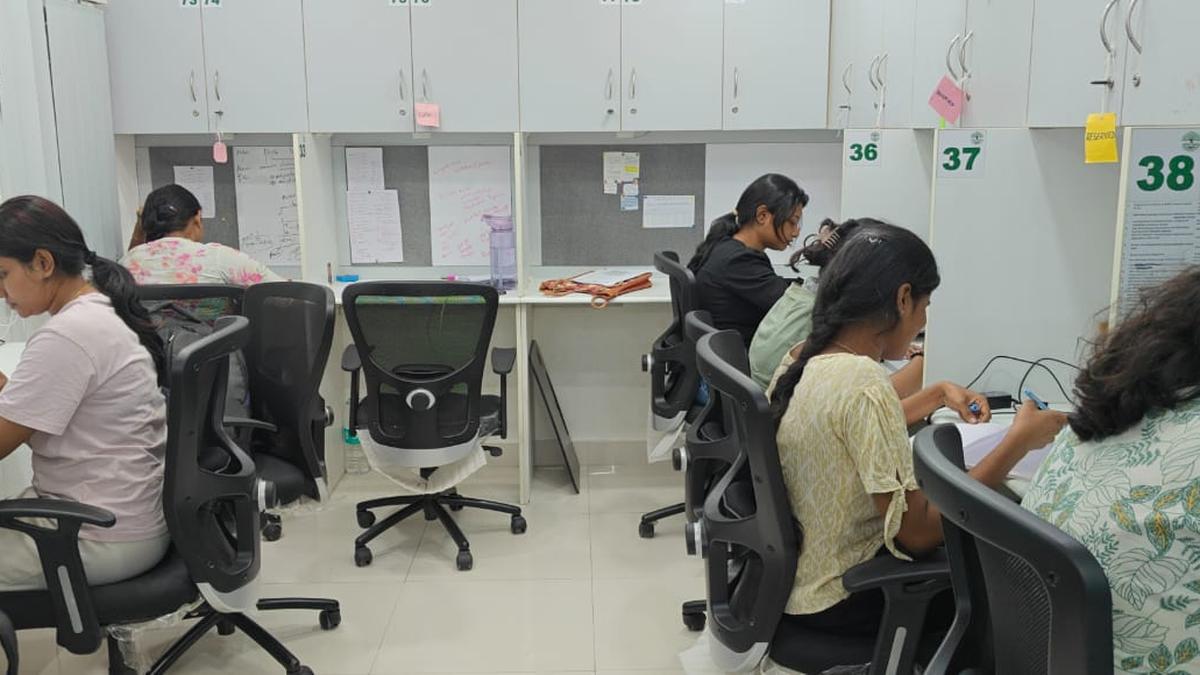Now Reading: Orange Line Faces Year-Long Delay Due to Double-Decker Flyover Plans
-
01
Orange Line Faces Year-Long Delay Due to Double-Decker Flyover Plans
Orange Line Faces Year-Long Delay Due to Double-Decker Flyover Plans

Quick Summary
- Bengaluru’s Phase 3 of Namma Metro (Orange Line) faces a one-year delay due to design changes integrating double-decker flyovers, increasing the project cost by 5%.
- Phase 3 is a ₹15,611 crore metro infrastructure project aimed at covering 44 km with 31 elevated stations, connecting J.P. Nagar to Kempapura and Hosahalli to Kadabagere.
- Original completion target was mid-2030; revised deadline now May 2031, with construction set to begin by January 2026 after tenders are finalised in November 2025.
- Design modifications require 25% more land for station structures and additional road-widening measures.
- The integration of double-decker viaducts aims to decongest traffic while boosting long-term efficiency. Existing examples include similar structures on the Yellow Line.
- Funding will partially come from loans (₹7,577 crore) and revenue sources like station naming rights (₹450 crore).
- Once operational, Phase 3 is expected to handle 7.85 lakh passengers daily, expanding the total metro network length in Bengaluru to 222.2 km-among India’s largest systems.
- Connectivity improvements planned via multiple interchange points across Green, Purple, Pink, Blue, and Red metro lines.
Indian Opinion analysis
The delay in completing Bengaluru’s Namma Metro Phase 3 reflects the balance between immediate infrastructural progress versus long-term urban planning benefits. Integrating double-decker flyovers-though causing an increased timeline and higher costs-could play a vital role in mitigating future road congestion along busy corridors.This approach aligns with precedent projects like South India’s first rail-cum-road viaduct on the Yellow Line.
From an economic perspective, mobilising funds through both loans and innovative revenue mechanisms such as advertising rights demonstrates proactive financial planning amid escalating costs for urban progress projects. Successful execution could offer bengaluru residents enhanced connectivity between commercial hubs and residential areas while reducing vehicular traffic volumes drastically over time.
Ultimately, this expansion strengthens India’s overall metro footprint while reaffirming Bangalore’s prominence as pioneering urban mobility solutions designed for growing metropolitan complexities.
Read more here: Original Link
























